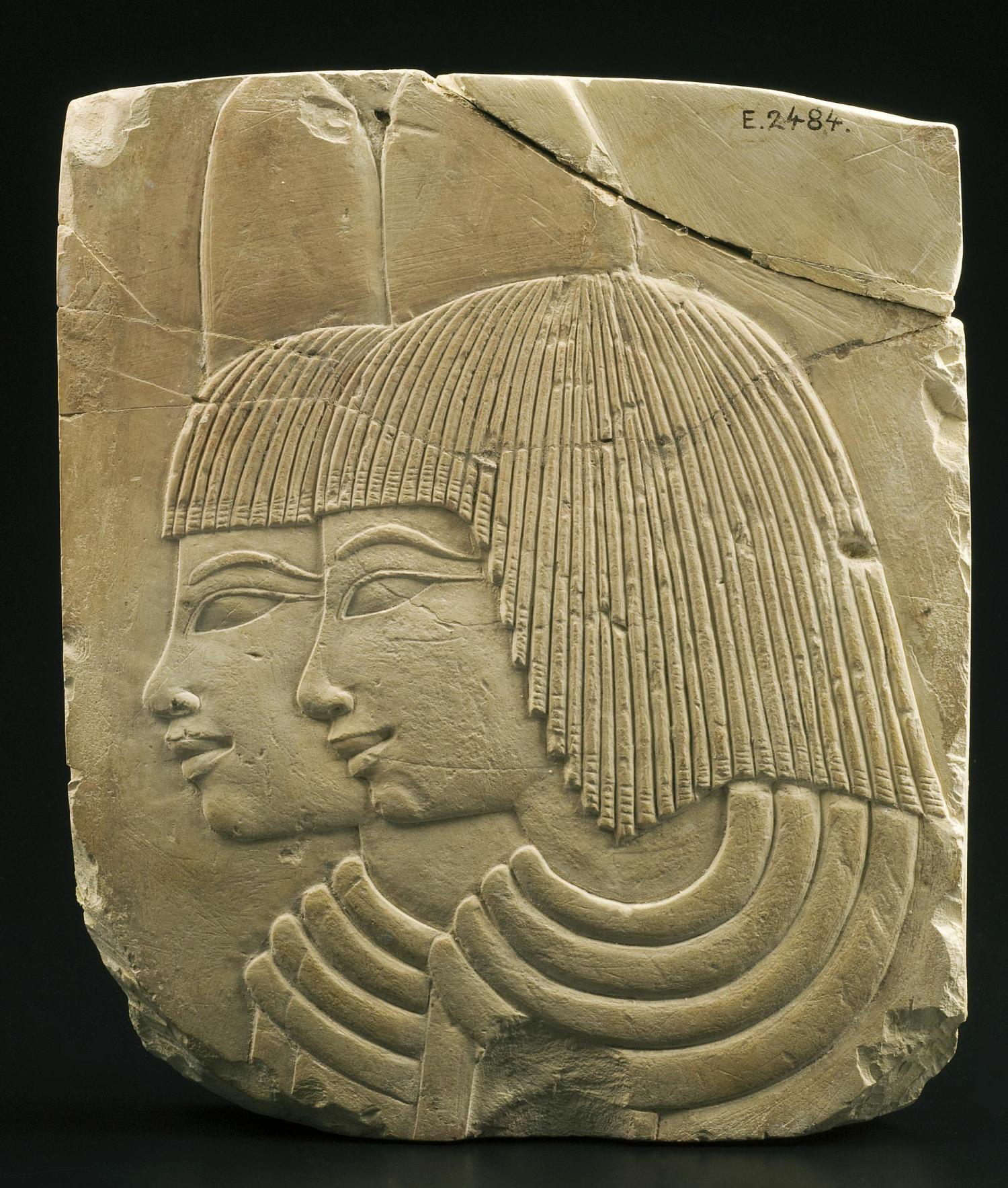A mark or stroke with length and direction. Can be straight, curved, diagonal, thick, thin, or varied in other ways, and they can create shapes, patterns, and textures.
What is element of Line?

The distribution of visual weight in an artwork, achieved through symmetry, asymmetry, or radial symmetry. It helps create stability and harmony in a composition.
What is Balance?
The surface quality or feel of an artwork, which can be rough, smooth, bumpy, or soft. Can be actual or implied.
What is Texture?

What is the subject of this painting?
What is Family?

what principles of design are dominant in this artwork?
What is Pattern?
A two-dimensional area defined by lines, edges, or colors. Can be geometric or organic.
What is Shape?
:max_bytes(150000):strip_icc():format(webp)/103860482-56a03d613df78cafdaa09dc5.jpg)
The focal point or center of interest in an artwork, which draws the viewer's attention and creates visual importance. It can be achieved through contrast, isolation, placement, or size.
What is Emphasis?
The relative size, scale, and ratio of elements within an artwork.
What is proportion?

What does the size difference between the figures say about Egyptian beliefs?
The largest figure is more important in their society?
Carefully looking at the subject and noticing and recording the shapes, details and tones that you see in real life.
What is Direct Observation?
The area around, between, or within components of an artwork. It can be depicted as positive (occupied by objects) or negative (empty or unused).
What is Space?
The juxtaposition of different elements (such as light and dark values, colors, textures, or shapes) to create visual interest and emphasis. It adds drama, depth, and definition to a composition.
What is Contrast?
The visual flow or path that guides the viewer's eye through an artwork.
What is Movement?
The way in which different elements of an artwork are combined or arranged in an art work?
What is composition?
What is the source of an artist’s ideas for a new work of art that does not have any basis in reality?
What is your imagination?
The visual perception resulting from the way objects reflect or emit light. three main properties: hue, value and intensity.
What is Color?
The repetition of visual elements such as lines, shapes, or colors in a predictable and systematic manner.
What is Pattern?
Three-dimensional objects that have height, width, and depth. Can be geometric or organic.
What is Form?
the design projects only slightly from the ground and there is little or no undercutting of outlines.
what is low level relief?
When two artists create different parts of an artwork, it is called?
What is a collaboration?
The degree of lightness or darkness in a color or in a grayscale.
What is Value?
The cohesive integration of all elements and principles within an artwork, creating a sense of wholeness or completeness.
What is Unity?
The use of different elements, techniques, and styles to add interest and diversity to an artwork.
What is Variety?

Where in general more than half the mass of the sculpted figure projects from the background.
what is high relief sculpture?
Training in an art, trade, or craft under a legal agreement that defines the duration and conditions of the relationship between master and ______
What is an apprenticeship?
